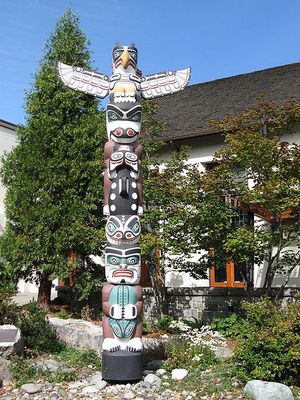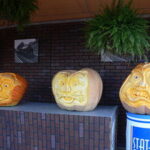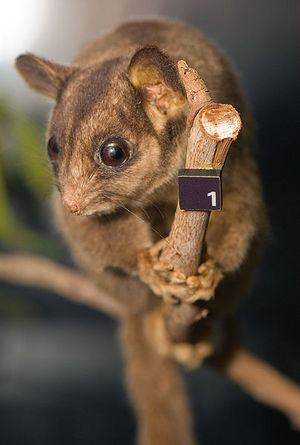The first European settlers thought Native American totem poles where religious symbols. Nothing could be further from the truth.
Primarily appearing on the Pacific coast of North American and Canada where large trees grew plentifully, totem poles often told a story of a tribe’s history or bear representation of a tribal nation. They could also tell the story of the carver himself, his family history or his standing within the tribe. Stories the totem poles held, as well as the stories surrounding the raising and carving of the pole were often passed down through several generations.
The word “totem” comes from an Ojibwe word “odoodem” meaning “his kinship group.”
Tribes celebrated the raising of a totem pole. A hole was dug for the pole and the pole was then carried in a ceremony to the site which most of the tribe would attend. Amidst singing, dancing and drumming, the poles was raised with ropes. Then the carving began.
In the sixties and seventies, Native Americans, as well as non-Native Americans, began rejuvenating interest in the totem pole as an art form. This coalition restored some poles from museums as well as built new ones for parks, museums and collectors.
A commission for a totem pole today still involves ceremony. Even if the pole is displayed publicly, the native artist still performs the rituals of singing and dancing before commencing the carving of the pole. Carving a totem pole can take anywhere from six to twelve months to complete, depending upon the complexity of the carving and costs in the tens of thousands of dollars. Totem pole carving is done completely by hand. Some poles stand anywhere from thirty to forty feet tall.
Being made of wood, however, totem poles degrade over time. Native Americans allowed this disintegration, mostly due to the natural order of things rather than a lack of preservation tools and techniques. Poles which rot to the point of posing a threat are destroyed or removed. Sometimes they will be replaced but at a cost similar to the original artwork.
A common belief about totem poles is that they are arranged in order of importance. For instance, the most important or significant carving is on the top. Order of significance diminishes from top to bottom. From this belief has come the expression “low man on the totem pole.” However, some totem poles are constructed with the opposite order of significance with the least important carving on top and importance increasing from top to bottom.
Examples of Meanings
Every aspect of a totem pole had meaning, from the animals carved into the wood to the colors used for the painting. Native American used roots, clay, bark, berries, minerals and other materials they found in nature to make the pigments required for painting. The meaning of the colors and carvings were somewhat universal, but some meanings and usage could vary between tribes.
Colors
Red – blood, war or valor.
White – purity, peace and death.
Blue – sincerity and happiness.
Yellow – sun, light and happiness.
Green – earth, hills, trees and mountains.
Purple – symbols of a reverent nature.
Animal Symbols
Cougar – power, leadership.
Beaver – creative, artistic and determined.
Buffalo – the Great Spirit manifested.
Cow – motherhood, nourishment, fertility.
Hummingbird – love, beauty, intelligence, Spirit Messenger.
Mountain Goat – nobility.
Owl – wisdom, ability to see things normally hidden from view.
Spider – creativity, weaving of fate.
Seal – bright, inquisitive, organized.
Wolf – intelligence and leadership, strong sense of family.
Whale – gives the ability to know the wisdom of the ages – from the time before time.
Raven – creation and knowledge, Bringer of the Light.
Snake – helps get rid of useless problems and items like it sheds its skin.
Sources:
Chainsaw Sculptors
National Public Radio
Indians.org





